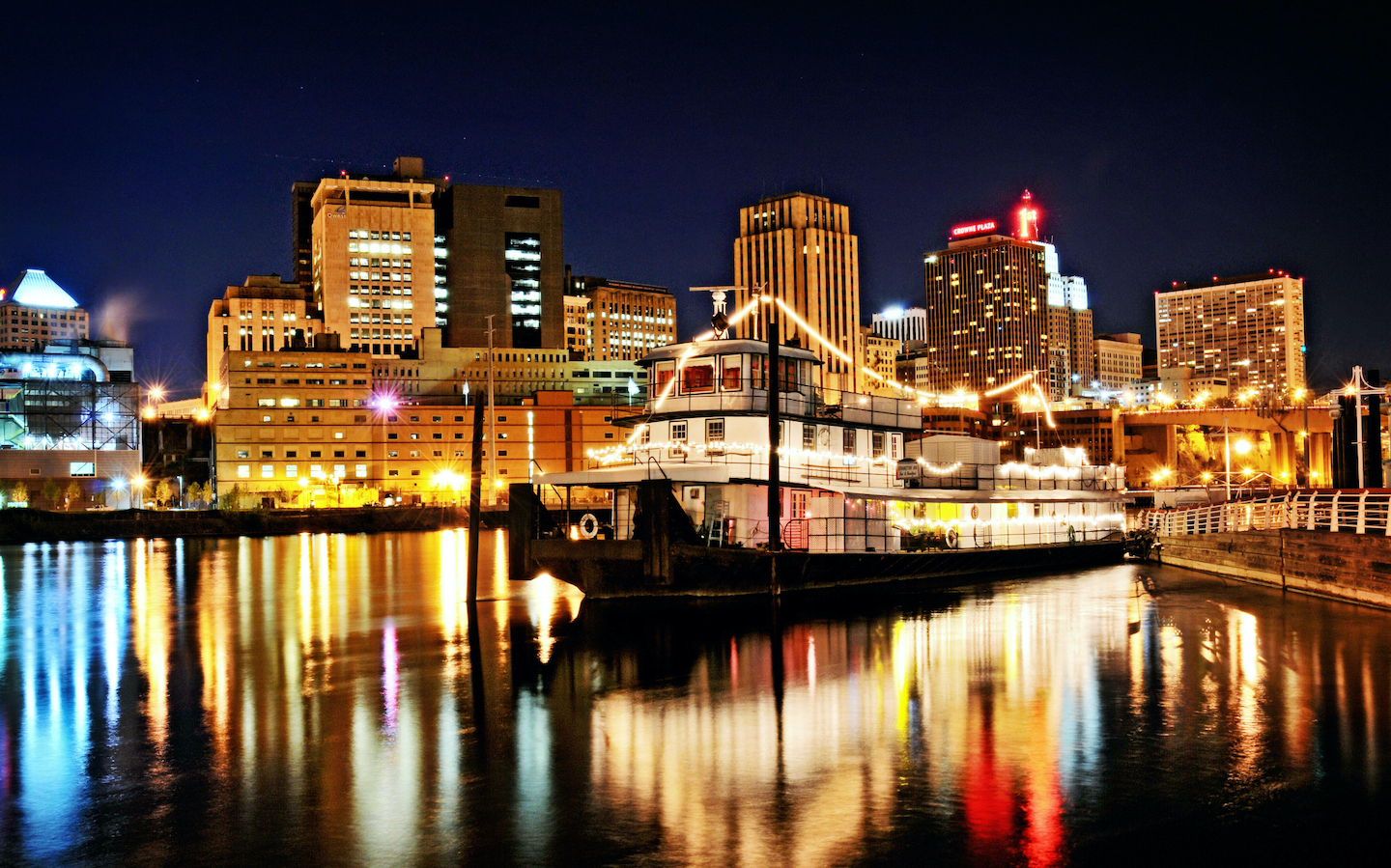Traffic engineering uses a variety of design, treatments, and signage to improve safety for drivers, pedestrians and bicyclists. The City of Saint Paul uses a variety of engineering treatment and techniques, including, but not limited to:
- "20 is Plenty" yard signs to remind drivers of lower speed limits
- Lower speed limits on City-owned streets
- Visual speed limit monitoring (digital speed signs) on arterial (main) streets
- Bump outs at intersections
- Pedestrian refuges (medians) in the middle of wider streets
- Pedestrian centerline signs
- Pavement painting and markings
- Traffic circles or roundabouts
The traffic techniques used vary based on the type of street, whether the street is residential street (20 mph) or arterial street (25 mph or over). Most of the traffic calming techniques listed above are better suited to arterial streets with higher traffic speeds and volumes.
Traffic features such as bump outs and pedestrian refuges are generally installed as part of larger street improvement projects but may also be considered to address specific safety problems on a case-by-case basis.
Additional traffic features including speed bumps or humps and Paint the Pavement may also be used on residential streets. Speed bumps/humps are rarely used because they are expensive to build and maintain and cannot be installed on all types of streets due to state rules.
Residential Streets
Residential streets in Saint Paul are 20 mph, have lower daily traffic volumes, and do not have centerline paint, bike lanes, or traffic signals. View the Citywide Speed Limit Map.
Street Ownership
Not all streets in Saint Paul are owned by the City. MnDOT and Ramsey County coordinate with Saint Paul Public Works to address traffic and public safety concerns on non-City-owned streets (e.g. West 7th Street, University Avenue, Rice Street, Snelling Avenue, Maryland Avenue, Lexington Parkway).





